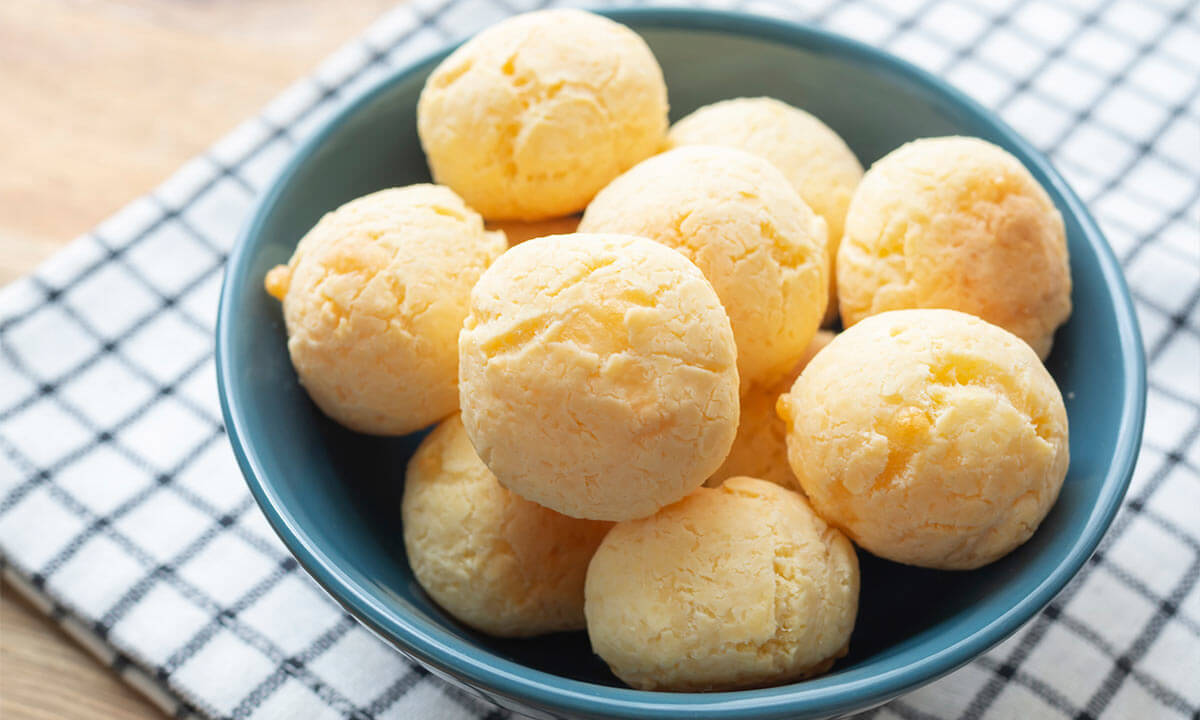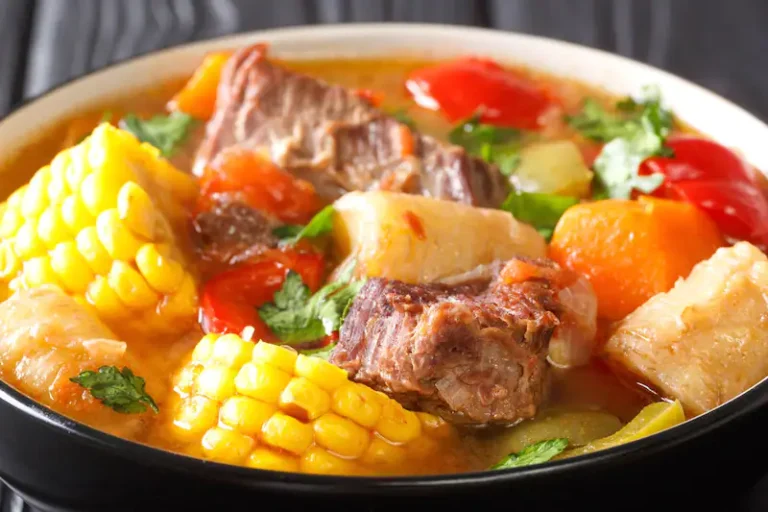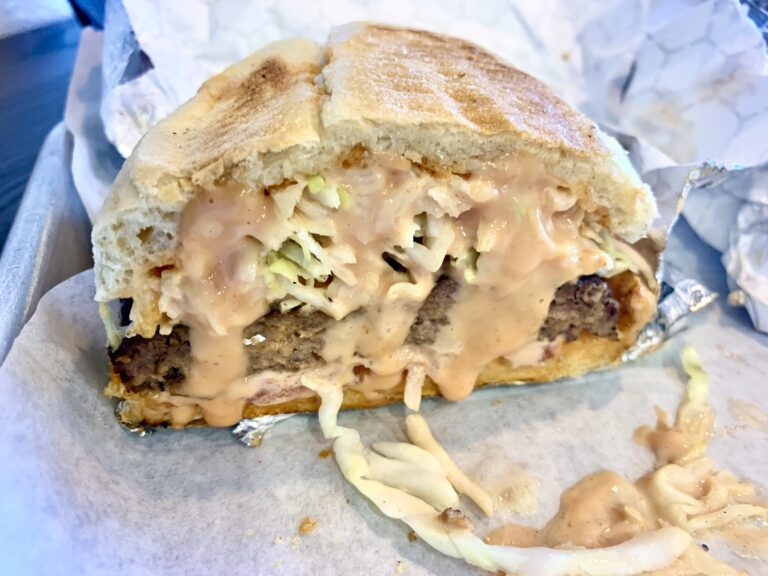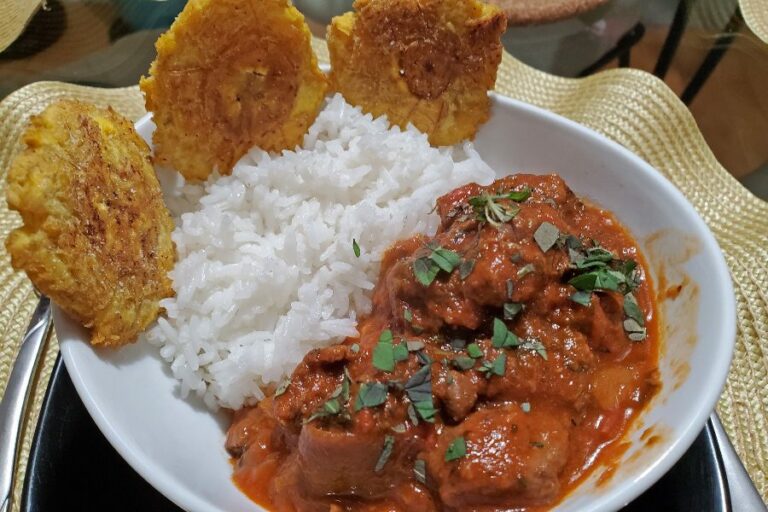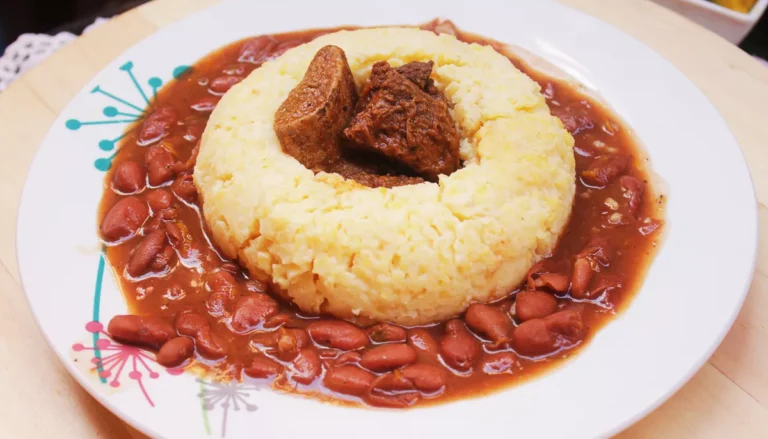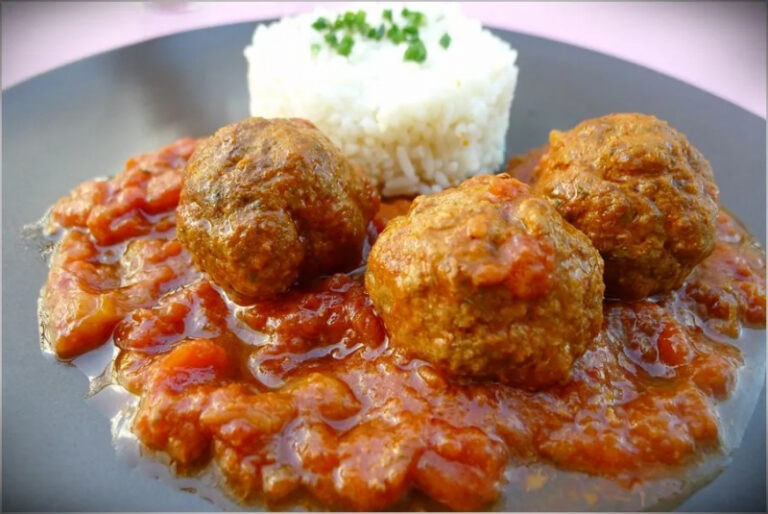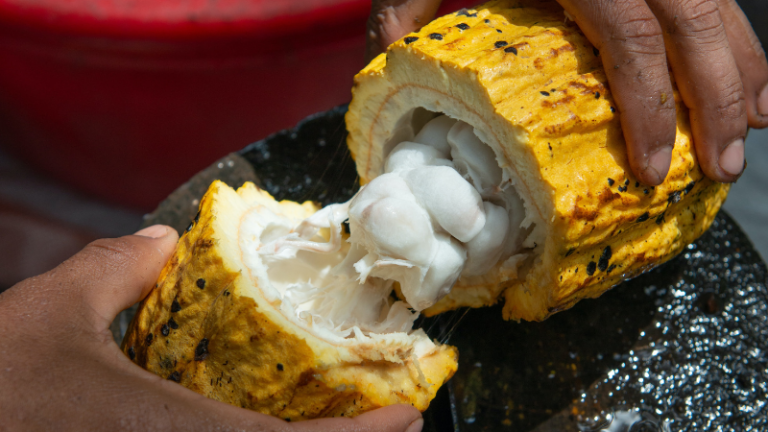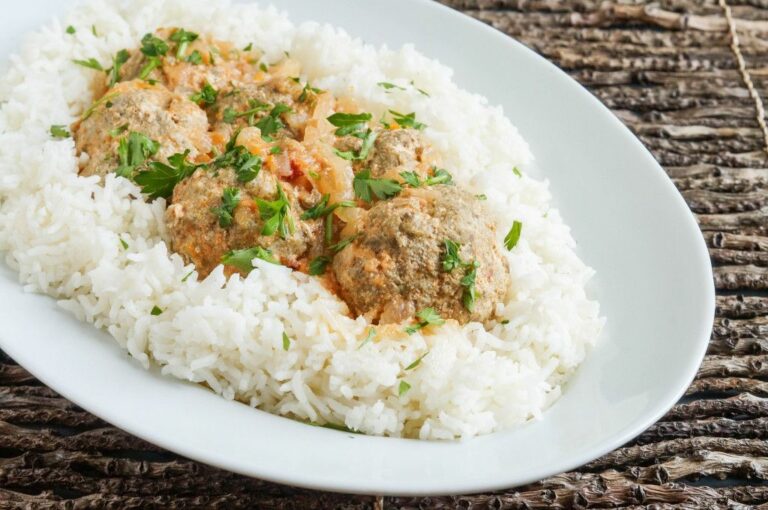Introduction: Exploring Dominican Republic Cuisine
Dominican Republic cuisine is a melting pot of diverse culinary traditions, influenced by the Taínos, Spanish, West African, and Middle Eastern cultures. The island’s rich history and varied geography contribute to the country’s unique and flavorful dishes, making it a popular destination for food enthusiasts.
Spices in Dominican Republic Cuisine: A Brief Overview
Dominican cuisine is known for its bold and aromatic spices, which add depth and complexity to the dishes. Many of the spices used in Dominican cooking are similar to those in other Caribbean and Latin American countries, but they are used in different combinations and proportions. The use of spices in Dominican cooking reflects the country’s diverse cultural heritage and its focus on bold flavors and bright colors.
Understanding Dominican Spices: Heat vs. Flavor
While many people associate spices with heat, in Dominican cuisine, spices are used to add both flavor and heat to the dishes. Some spices, such as garlic, oregano, and bay leaves, are used to add layers of flavor to the dishes. Other spices, such as chili peppers, scotch bonnet peppers, and cumin, are used to add heat and spiciness to the dishes. The combination of these spices creates the unique and complex flavors that characterize Dominican cuisine.
Common Spices Used in Dominican Cooking
Some of the most common spices used in Dominican cooking include garlic, oregano, cilantro, thyme, bay leaves, chili peppers, cumin, and annatto. These spices are used to flavor stews, soups, rice dishes, and meat dishes, among others. The use of fresh herbs and spices is preferred in Dominican cooking, as they impart a more vibrant and intense flavor to the dishes.
Traditional Dominican Dishes with a Spicy Kick
Some of the traditional Dominican dishes that are known for their spiciness include sancocho, a hearty stew made with meat, vegetables, and spices; mofongo, a mashed plantain dish with garlic and chili peppers; and chicharrón, crispy pork skin with a spicy sauce. These dishes showcase the bold and fiery flavors that are characteristic of Dominican cuisine.
Regional Variations: Spicy vs. Mild
While Dominican cuisine is generally known for its bold and spicy flavors, there are regional variations in the level of spiciness in the dishes. In the northern regions, the dishes tend to be milder, while in the south, the dishes tend to be spicier. This variation reflects the availability of certain ingredients and the cultural influences in each region.
Popular Spicy Condiments and Sauces in Dominican Cuisine
In addition to the use of spices, Dominican cuisine also incorporates a variety of spicy condiments and sauces. Some of the most popular ones include sofrito, a blend of herbs and spices used as a base for many dishes; hot sauce, made with chili peppers and vinegar; and mojo, a garlic and citrus sauce used as a marinade or dipping sauce.
Conclusion: The Spicy Delights of Dominican Republic Cuisine
Dominican cuisine is a celebration of bold and vibrant flavors, with spices playing a crucial role in creating the complex and intense flavors that characterize the dishes. Whether you prefer your food mild or spicy, there is something for everyone to enjoy in Dominican cuisine. From hearty stews to crispy pork dishes, the cuisine of the Dominican Republic is a spicy and delicious adventure for food lovers.

